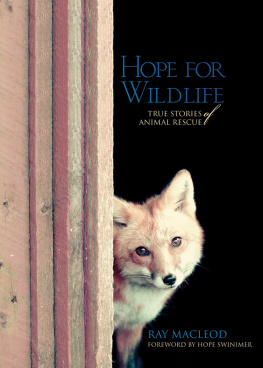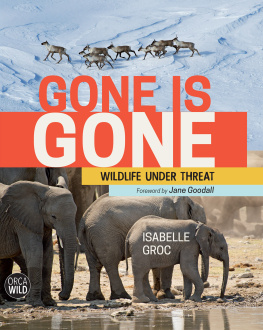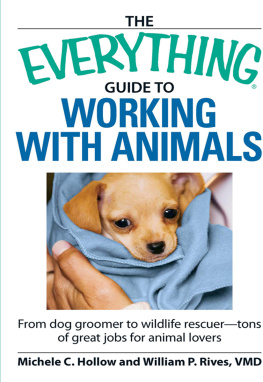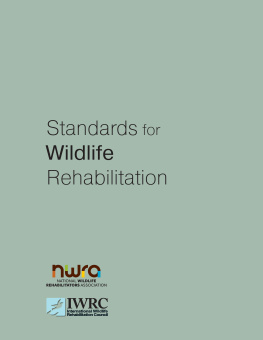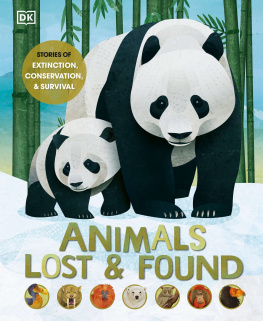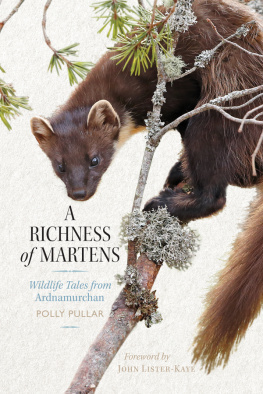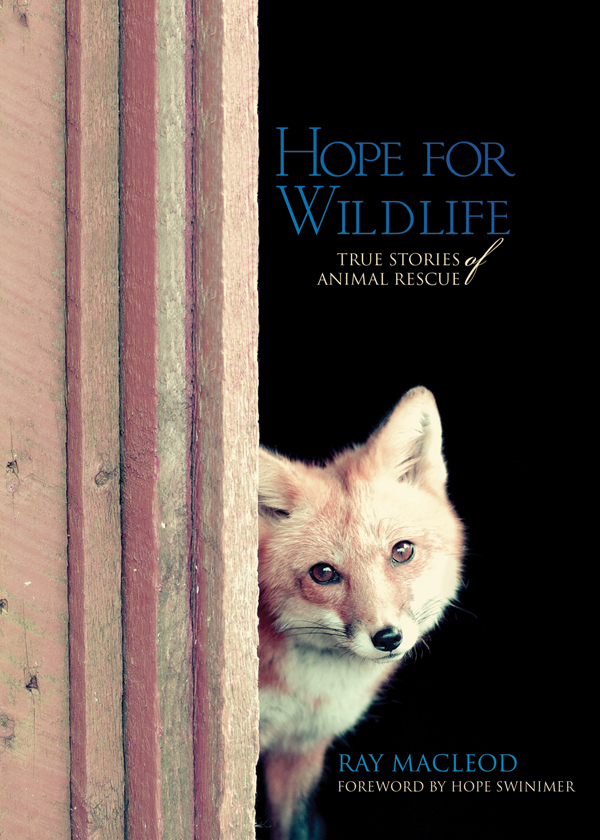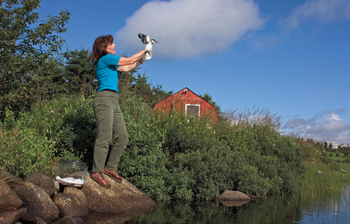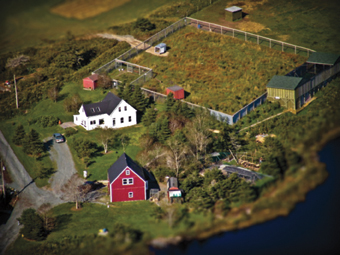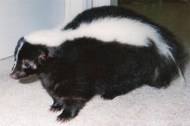Ray MacLeod - Hope for Wildlife: True Stories of Animal Rescue
Here you can read online Ray MacLeod - Hope for Wildlife: True Stories of Animal Rescue full text of the book (entire story) in english for free. Download pdf and epub, get meaning, cover and reviews about this ebook. year: 2011, publisher: Nimbus Publishing, genre: Non-fiction. Description of the work, (preface) as well as reviews are available. Best literature library LitArk.com created for fans of good reading and offers a wide selection of genres:
Romance novel
Science fiction
Adventure
Detective
Science
History
Home and family
Prose
Art
Politics
Computer
Non-fiction
Religion
Business
Children
Humor
Choose a favorite category and find really read worthwhile books. Enjoy immersion in the world of imagination, feel the emotions of the characters or learn something new for yourself, make an fascinating discovery.
- Book:Hope for Wildlife: True Stories of Animal Rescue
- Author:
- Publisher:Nimbus Publishing
- Genre:
- Year:2011
- Rating:5 / 5
- Favourites:Add to favourites
- Your mark:
Hope for Wildlife: True Stories of Animal Rescue: summary, description and annotation
We offer to read an annotation, description, summary or preface (depends on what the author of the book "Hope for Wildlife: True Stories of Animal Rescue" wrote himself). If you haven't found the necessary information about the book — write in the comments, we will try to find it.
One day, a couple who had run over a skunk with their car brought it to the Dartmouth Veterinary Hospital. When the veterinarians couldnt look after it, Hope Swinimer decided to take the helpless animal into her care, and that was the start of it all. Now, through her rehabilitation centre called Hope for Wildlife, Hopes name is synonymous with wildlife rescue in Nova Scotia.
Since 1997, hundreds of animals have been saved through the tireless efforts of the staff and volunteers at Hope for Wildlife. Some animals stories were so unique that they even garnered national attention-such as Hopes battle with the department of natural resources over Gretel, a member of the endangered pine marten species. Each creature comes with its own challenges, either through a particularly difficult injury or a quirky personality-like Lucifer the inexplicably bald and ornery raccoon-but each patient leaves an indelible mark on the lives of those around them.
Hope for Wildlife tells the stories of fourteen different wild animals from Nova Scotia that have passed through the centre. Colour photographs of the animals and the centres efforts supplement the text, and info boxes offer further information on the provinces wildlife. The stories in Hope for Wildlife are educational, heartwarming, and sometimes heartbreaking-but always filled with hope.
**
About the AuthorRay MacLeod is a retired teacher, as well as a former columnist and reporter with the Halifax Chronicle Herald and several other daily and weekly newspapers. His creation of a full-credit high school applied journalism course won him the 1993 Hilroy Fellowshop for outstanding innovation in Canadian education. Ray is a former information officer for the Newfoundland Department of Resources and a lifelong outdoorsman and naturalist. He lives in Waverly, Nova Scotia.
Ray MacLeod: author's other books
Who wrote Hope for Wildlife: True Stories of Animal Rescue? Find out the surname, the name of the author of the book and a list of all author's works by series.

